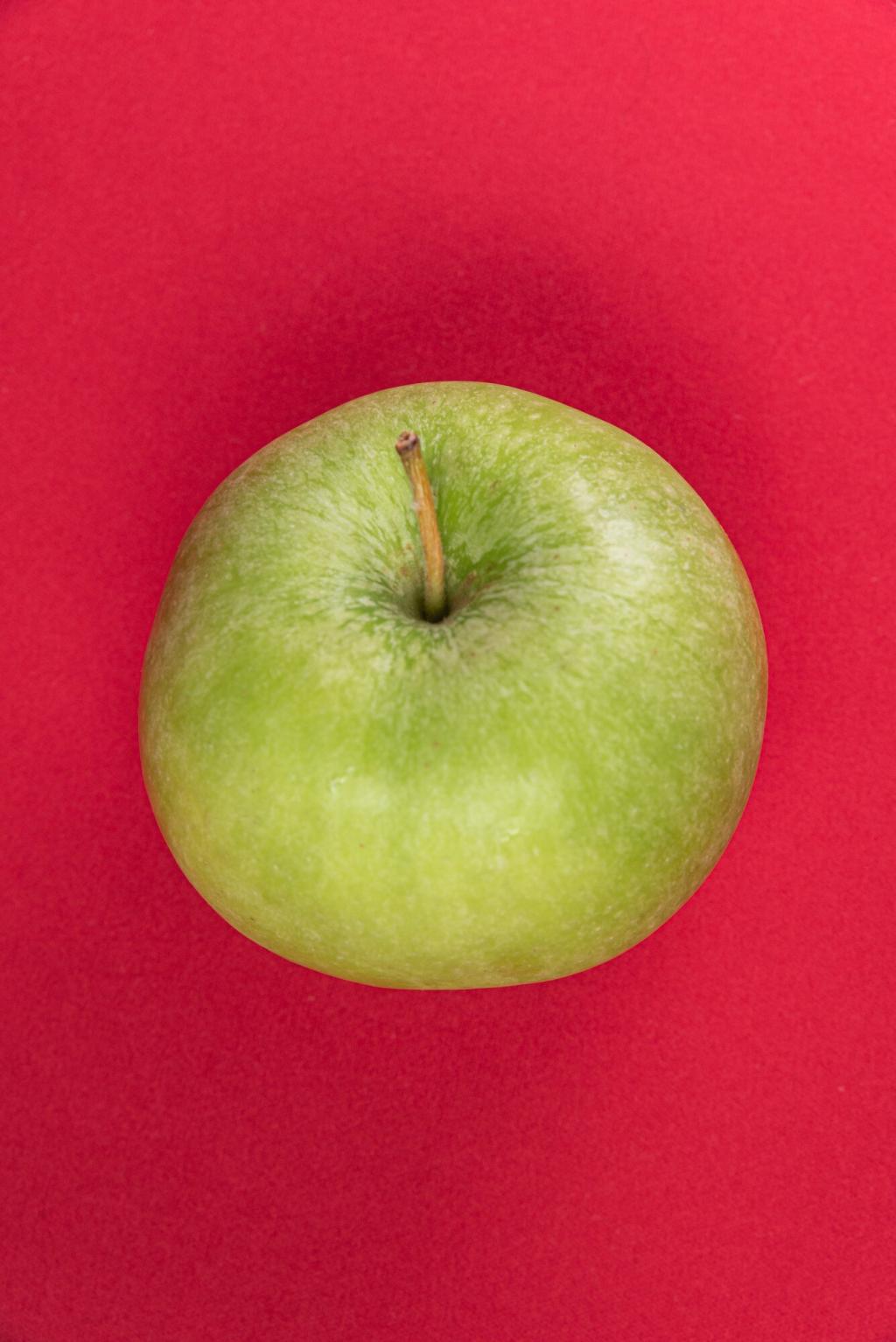Approaching Iconic Works Without Intimidation
Stand slightly off center and note the breathing room between each stainless steel and plexiglass unit. Watch the wall become part of the sculpture as intervals choreograph your gaze. Share whether shifting right or left made one color panel suddenly glow brighter for you.
Approaching Iconic Works Without Intimidation
Step close enough to see pencil lines, then step back until the field hums. Her grids often wobble imperceptibly, revealing a human hand within rigor. Write down one emotion the painting evokes and which line or brushstroke provoked it, then invite a friend to compare notes.





